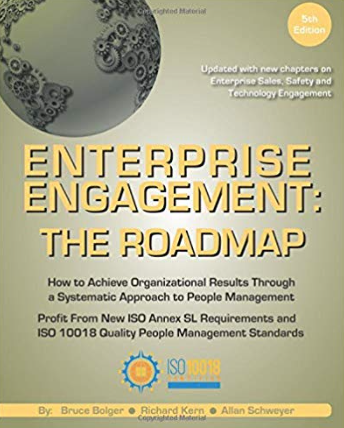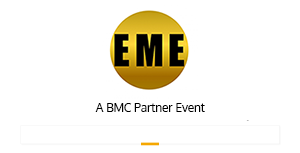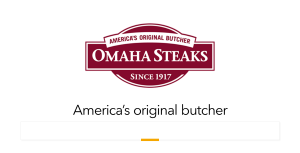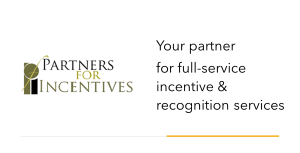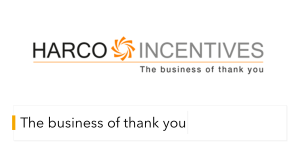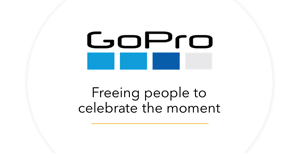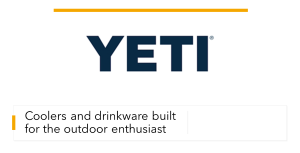What to Look for in Incentive, Recognition Program Design Expertise
.jpeg) According to the latest Incentive Federation market estimates, US companies spend over $176 billion on incentive and recognition programs in many cases designed by people with little or no training. At the same time, more organizations appear to be seeking more measurable solutions based on RFPs (requests for propostal) reviewed by RRN.
According to the latest Incentive Federation market estimates, US companies spend over $176 billion on incentive and recognition programs in many cases designed by people with little or no training. At the same time, more organizations appear to be seeking more measurable solutions based on RFPs (requests for propostal) reviewed by RRN. By Bruce Bolger
What Can Go Wrong
Elements Essential to Success
Questions to Ask Vendors
Click here for links to RRN Preferred Solution Providers.
Effectively designed and implemented incentive and recognition programs with a clear purpose, goals, objectives, values, and metrics can help both engage and equip stakeholders to help achieve key organizational goals, but they can have disastrous effects. Just ask Wells Fargo, whose incentive program for its bankers led to egregiously unethical behaviors with enormous costs to the company in terms of both sales and reputation. These backfires happen far more often than publicly reported.
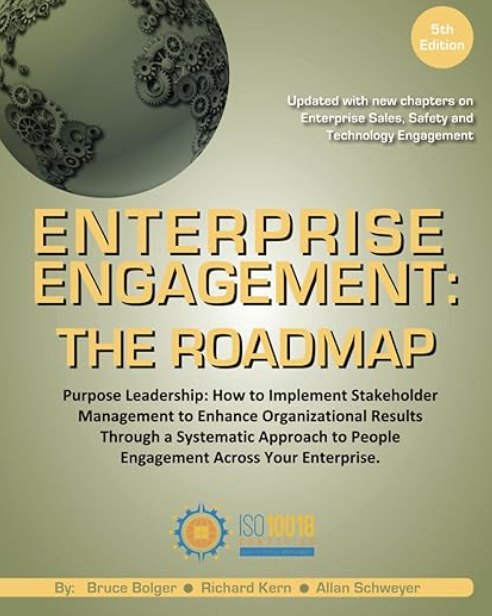 Would you go to an accountant, doctor, lawyer, or marketing expert with no bona fide training? That’s what tens of thousands of organizations do each year when it comes to engaging sales and non-sales employees, distribution partners, customers, or other stakeholders, often with dangerous consequences the organization is never aware of. Because many mistakenly believe that incentive and recognition design boils down to do this and get that, they leave program design to management or suppliers with no training or serious experience on what it takes to craft and implement an effective engagement process.
Would you go to an accountant, doctor, lawyer, or marketing expert with no bona fide training? That’s what tens of thousands of organizations do each year when it comes to engaging sales and non-sales employees, distribution partners, customers, or other stakeholders, often with dangerous consequences the organization is never aware of. Because many mistakenly believe that incentive and recognition design boils down to do this and get that, they leave program design to management or suppliers with no training or serious experience on what it takes to craft and implement an effective engagement process.As a result, there is almost no demand for formal training in engagement, rewards, and recognition. The subject of effective incentive and recognition processes is taught almost nowhere in schools and few outside of the field even know of the industry's existence. The number of people who have completed the only comprehensive education programs in the field—those offered by the Enterprise Engagement Alliance on engagement, on incentive program design by the Incentive Marketing Association (whose original program was written by myself and Roger Stotz, formerly of Maritz and the Incentive Research Foundation, and Recognition Professionals International, have been completed by probably no more than 300 people worldwide. In the meantime, many of the incentive and recognition companies tout program expertise without ever disclosing the source of that expertise or how it’s measured.
What Can Go Wrong
One of the most egregious oversights of incentive and recognition programs is that their impact, either positive or negative, is rarely effectively measured. Read the white papers and case studies of most suppliers, and the focus is almost always on the level of engagement in the program—number of people participating or earning rewards—rather than on how the process specifically achieved the purpose, goals, and objectives of the effort consistent with organizational values. What value is there to the organization that 80% of people are engaging in a platform if there is no clear measure of value created, such as increased retention, willingness to recommend, higher productivity or quality, enhanced wellness and safety, etc.?
Unfortunately, poorly designed programs with no clear success metrics; a failure to include both results and process metrics, or to address other key factors affecting engagement, including culture, skills development, collaboration, a sense of involvement, etc. hamper the accomplishment of meaningful outcomes.
As a result, many incentive programs:
- Fail to achieve anything more than increased activities with no clear impact on organizational performance;
- Create a sense of competition that lessens cooperation;
- Promote deceptive behaviors, such as manipulating sales or other performance metrics; pressuring customers to buy or making misleading claims, or falsifying safety or other information;
- Reward the top performers who would have achieved the desired goals anyway.
Elements Essential to Success
Based on decades of research from multiple sources, many of which are included in RRN’s online library, essential design practices for any type of incentive and recognition process include:
- Establishing a clear purpose, goals, objectives for the effort consistent with organizational values and priorities.
- Having a clear understanding of the audience, its current level of engagement, the appropriate types of appreciation and rewards for participants.
- Actively involving the audience in the program design whenever possible to test for weaknesses or false assumptions.
- Holistically addressing all the factors that affect engagement, including buy-in and voice, culture and appreciation, ongoing communications and mentoring, the knowledge of and ability to do what is expected, metrics that track process and results etc.
- Understanding how to structure the design so that not only the top performers but everybody has a chance to be rewarded for enhancing their performance.
- Carefully measuring results not only by the outcomes but by the actions taken by people to achieve them.
Questions to Ask Vendors
Organizations serious about program design, implementation, and measurement can benefit by asking the following questions of solution providers:
- What specifically is the vendor selling—incentives, rewards, recognition, technology, and other tools--or is it specifically focused on helping clients holistically achieve designated goals? In other words, how does the company make money, selling more of its products and services or helping clients achieve specific goals?
- Who are the people designing and implementing the programs and what is their training?
- What is the organization’s recommended processes for program design, implementation, and measurement?
- What is their approach to measuring program outcomes?
- Based on giving them the opportunity to ask questions of your company, how would they recommend setting up an appropriate design and implementation process?
- What do they do to ensure that: all participants have a shot at achieving rewards for performance improvement; the rules do not lead to unhealthy competition or other ways to game the system?
Bruce Bolger is co-author of Enterprise Engagement: The Roadmap as well as of the original Incentive Marketing Association CPIM curriculum.
How RRN and Brand Media Coalition: Your Partner in Success in Incentives, Rewards, and Recognition
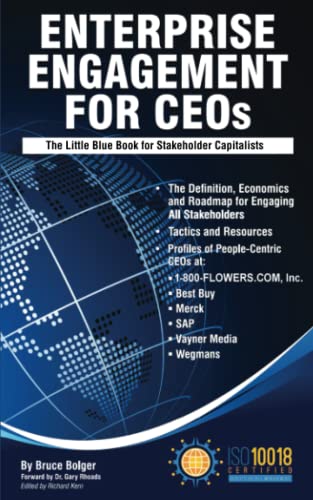
Published by the Enterprise Engagement Alliance at TheEEA.org
- The only weekly news, how-to and resource publication of record for the Incentive, Rewards, and Recognition field.
- The only marketing agency focusing specifically on the IRR and broader engagement marketplace.
- All the industry news, research, announcements, and how-to articles read by over 20,000 end-users in sales, marketing, and human resources; incentive, recognition, loyalty and promotional companies, as well as marketing and human resources agencies, seeking to enhance performance through effectively designed incentive programs.
- Unparalleled business development services for engagement, incentive and incentive travel, recognition firms; brands, gift cards and master fulfillment companies, and technology firms, featuring ROI-based business development strategy design and ongoing digital and social media and e-newsletter communications to help marketers profit in the coming era of cookie-less marketing.
- Unique abilities for solution providers to sponsor authoritative, evergreen content directly related to what they sell through the EEA’s Effective Practices series on articles in our media platforms.
- EEA YouTube Channel with over three dozen how-to and insight videos and growing with nearly 100 expert guests.
- Access to new technologies from EEA preferred solution providers enabling brands to create their own points-based or transactional redemption site.
- Unparalleled expertise in program design, return on investment measurement, reporting, and prescriptive analytics.


